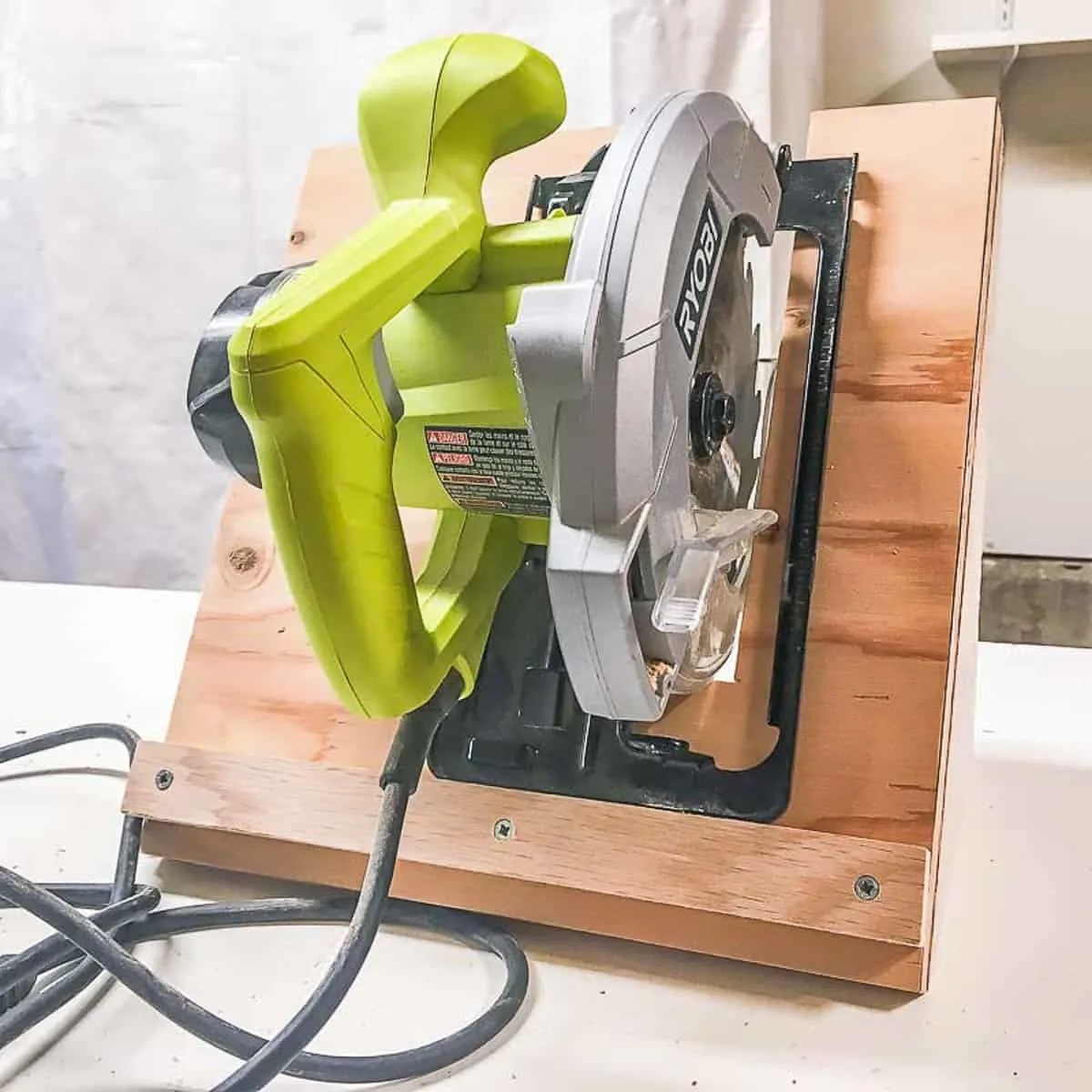

Articles
How To Store A Circular Saw
Modified: January 6, 2024
Learn the best techniques for storing your circular saw with our informative articles. Keep your tool safe and in top condition for years to come.
(Many of the links in this article redirect to a specific reviewed product. Your purchase of these products through affiliate links helps to generate commission for Storables.com, at no extra cost. Learn more)
Introduction
A circular saw is a valuable tool for any DIY enthusiast or professional woodworker. Its versatility and ability to make precise cuts in a variety of materials make it a must-have in any workshop. However, when not in use, it is crucial to store the circular saw properly to ensure its longevity and safety. In this article, we will discuss the best practices for storing a circular saw and how to maintain it for optimal performance.
Properly storing your circular saw not only prevents it from getting damaged but also keeps it out of reach from children or anyone who may misuse it. By following a few simple steps, you can ensure that your circular saw remains in good condition and ready to use whenever you need it.
In the sections below, we will cover various aspects of storing a circular saw, including safety precautions, cleaning and maintenance, blade storage, cord storage, adjustments and securing, dust extraction, and carrying and transportation. By implementing these strategies, you can keep your circular saw in top shape and extend its lifespan.
Key Takeaways:
- Properly storing and maintaining your circular saw is crucial for its longevity, performance, and safety. Follow safety precautions, clean and maintain the saw, and store the blade and cord properly to ensure optimal functionality.
- Effective dust extraction, careful cord storage, and proper adjustments and securing are essential for maintaining a clean, safe, and efficient working environment with your circular saw. Prioritize safety, cleanliness, and precision for best results.
Read more: How To Store Circular Saw
Safety Precautions
Before we delve into the storage of a circular saw, it is essential to discuss some safety precautions to ensure the well-being of yourself and others. Circular saws are powerful tools that can cause serious injuries if not handled properly. Here are some safety measures to keep in mind:
- Always wear appropriate personal protective equipment (PPE) such as safety glasses, ear protection, and gloves when operating or handling a circular saw. This will protect you from flying debris and reduce the risk of injury.
- Ensure that the saw is powered off and unplugged before performing any maintenance or storage activities. Accidental activation of the saw can lead to severe injuries.
- Keep the saw blade and your hands away from any moving parts when operating the saw. Never reach underneath the blade when it is in motion.
- Secure the workpiece properly to prevent it from shifting or moving during the cutting process. This will minimize kickback and enhance cutting accuracy.
- Always follow the manufacturer’s instructions and guidelines for operating the saw. Each saw model may have specific safety requirements and recommendations.
- When not in use, store the circular saw in a locked cabinet or a designated storage area that is inaccessible to children or unauthorized individuals.
- Regularly inspect the saw for any loose or damaged parts, such as loose guards or a worn-out blade. If you notice any issues, repair or replace the components before using the saw again.
- Do not leave the saw unattended while it is still powered on. This can be a potential hazard if someone accidentally comes into contact with the spinning blade.
- Educate yourself on proper cutting techniques and practices, such as maintaining a stable stance and using both hands to control the saw. This will help reduce the risk of accidents.
By following these safety precautions, you can ensure that you and those around you remain safe while using a circular saw. Always prioritize safety above all else and never compromise on the necessary precautions.
Cleaning and Maintenance
Proper cleaning and maintenance of your circular saw are essential for its longevity and optimal performance. Regular maintenance can help prevent dust, debris, and other contaminants from accumulating and affecting the saw’s functionality. Here are some cleaning and maintenance tips:
- After each use, inspect the saw for any visible dust or debris. Use a soft brush or compressed air to remove the particles from the blade, guard, and other components.
- Check the blade for any signs of damage, such as missing or damaged teeth. Replace the blade if necessary to ensure clean and accurate cuts.
- Inspect the motor brushes for wear and tear. If the brushes are worn down, replace them to maintain proper electrical contact and prevent motor damage.
- Regularly lubricate the moving parts, such as the blade guard mechanism, adjustment knobs, and tilt mechanism. Use a recommended lubricant to ensure smooth operation.
- Check the power cord for any signs of damage, such as fraying or exposed wires. If you find any issues, replace the cord before using the saw again.
- Store the saw in a clean and dry environment. Moisture can cause rust and damage the saw’s components.
- If your circular saw has a dust extraction feature, clean or replace the dust collection bag regularly. A clogged dust bag can reduce the efficiency of the extraction system.
- Inspect the safety features, such as the blade guard and the blade depth adjustment mechanism, to ensure they are in proper working condition.
- Refer to the manufacturer’s manual for any specific maintenance requirements or recommendations for your circular saw model.
By following these cleaning and maintenance practices, you can keep your circular saw in excellent condition and ensure smooth operation when you need it.
Blade Storage
Proper blade storage is essential to ensure the longevity and sharpness of your circular saw blade. When not in use, it is important to store the blade in a safe and secure manner to prevent any damage or accidents. Here are some tips for blade storage:
- Remove the blade from the saw when you are finished using it. This prevents accidental contact and reduces the risk of injury.
- Clean the blade thoroughly before storing it. Use a blade cleaning solution or a mild detergent to remove any residues or build-up on the blade. Dry it completely before storage.
- Consider using a blade storage container or a blade rack to keep the blades organized and protected. These containers can provide a secure and designated space for blade storage.
- Ensure that the blade storage container is clean and free from any debris or moisture. Moisture can lead to rust or damage the blade’s carbide teeth.
- Avoid storing the blade in a drawer or any other area where it can come into contact with other tools or objects that may cause damage.
- Consider using blade protectors or blade sleeves to provide an extra layer of protection for the blade. These can prevent accidental nicks or cuts when handling or storing the blade.
- Label the blade storage container or blade sleeves with the blade specifications, such as diameter and tooth count, for easy identification when needed.
- Store the blade in a cool and dry location, away from direct sunlight or extreme temperatures. This helps preserve the blade’s quality and sharpness.
- Before reinstalling the blade onto the saw, inspect it for any signs of damage or wear. If you notice any issues, replace the blade before using it again.
By following these blade storage tips, you can keep your circular saw blades in excellent condition, ready for use whenever you need them. Proper blade storage not only protects the blade but also ensures safe handling and reduces the risk of accidents.
Cord Storage
Proper cord storage is important to prevent tangles, damage, and ensure the longevity of your circular saw’s power cord. Here are some tips for cord storage:
- Before storing your circular saw, unplug it from the power source. This ensures safety and prevents any accidental activation of the saw while handling the cord.
- Avoid wrapping the power cord tightly around the saw or any other objects. This can cause stress on the wires and lead to damage over time. Instead, use a loose or figure-eight coil method to prevent kinks and tangles.
- Consider using cord wraps, cable organizers, or Velcro straps to keep the cord neatly coiled and secured. These accessories help to prevent the cord from unraveling or getting tangled with other tools or components.
- Label the cord wrap or storage container with the length of the cord for easy identification.
- Store the cord in a dry and clean area, away from moisture, sharp objects, and extreme temperatures. Moisture can damage the electrical components, and sharp objects can cause cuts or punctures to the cord.
- Inspect the power cord regularly for any signs of damage, such as fraying, exposed wires, or loose connections. If you notice any issues, repair or replace the cord before using the saw again.
- Keep the power cord away from heat sources, chemicals, and oils, as they can cause deterioration or damage to the cord’s insulation.
- Avoid pulling the cord from a distance or yanking it to disconnect it from the power source. This can strain the cord and its connections. Instead, gently unplug the cord using the plug to prevent any damage.
- When transporting the saw, make sure to secure the cord in a safe manner to prevent it from tangling or getting damaged.
By following these cord storage tips, you can keep your circular saw’s power cord in good condition, prolonging its lifespan and ensuring safe operation when using the saw.
When storing a circular saw, make sure to unplug it and remove the blade. Store it in a dry and secure place, and consider using a case or cover to protect it from dust and damage.
Read more: How To Use A Circular Saw
Adjustments and Securing
Proper adjustments and securing of your circular saw are crucial for accuracy and safety during operation. Whether you’re setting the cutting depth or adjusting the bevel angle, it’s essential to follow the manufacturer’s instructions and guidelines. Here are some tips for making adjustments and securing your circular saw:
- Refer to the saw’s manual to learn the specific adjustment features and capabilities of your model. Different saws may have different mechanisms for adjusting the cutting depth, bevel angle, and other settings.
- Always ensure that the saw is powered off and unplugged before making any adjustments. This prevents accidental activation of the saw and reduces the risk of injuries.
- When adjusting the cutting depth, set it according to the thickness of the workpiece. This ensures that the blade penetrates the material to the desired depth, resulting in clean and accurate cuts.
- Use the manufacturer-provided scales, indicators, or measurements on the saw to ensure precise adjustments. This helps in maintaining consistency and achieving the desired cutting results.
- Secure the adjustment knobs or levers tightly after making the necessary adjustments. This prevents them from moving during operation, ensuring that the settings remain consistent.
- Check and adjust the bevel angle of the saw if needed for angled cuts. Use a bevel gauge or a protractor to ensure accurate and consistent bevel settings.
- Secure the saw’s base or shoe firmly against the workpiece to maintain stability and minimize vibrations during cuts. This improves the overall cutting experience and ensures cleaner cuts.
- Before starting the saw, double-check all adjustments to ensure they are properly set and secured. This includes checking the cutting depth, bevel angle, and any other relevant settings.
- During operation, be mindful of any changes or shifts in the adjustments. If you notice any inconsistencies, stop the saw and check for any loose parts or misalignments that may require readjustment.
- Regularly inspect the saw’s adjustments and mechanisms for any signs of wear, damage, or looseness. Repair or replace any faulty components to maintain the saw’s performance and safety.
By following these tips for adjustments and securing, you can ensure accurate and safe operation of your circular saw. Proper adjustment settings and secure fastenings not only improve the quality of your cuts but also minimize the risk of accidents during operation.
Dust Extraction
Dust extraction is an important aspect of using a circular saw, as it helps to maintain a clean and healthy working environment. Dust and debris generated during cutting can be harmful if inhaled and can also affect the performance of the saw. Here are some tips for effective dust extraction:
- Check if your circular saw has a built-in dust extraction system. Many modern saws come equipped with a port or attachment that allows for the connection of a dust collection device.
- Use a dust collection bag, vacuum, or a dust extractor specifically designed for sawdust extraction. Connect the appropriate device to the saw’s dust port or attachment to capture the dust as it is generated.
- Ensure that the dust collection bag or vacuum is properly emptied and cleaned regularly to maintain optimal performance. Clogged or full dust collection devices can decrease their effectiveness.
- Position the dust collection device or vacuum near the cutting area to capture the dust as it is expelled from the saw. This helps to minimize airborne dust and keep the workspace cleaner.
- Consider using a dust shroud or a DIY enclosure around the cutting area to further contain the dust and direct it towards the dust extraction device. This can help reduce dust dispersion and improve the efficiency of the extraction system.
- Wear appropriate personal protective equipment, such as a dust mask or respirator, to prevent the inhalation of airborne dust particles. This is especially important when working in enclosed spaces or with large amounts of dust.
- Regularly clean the saw’s dust port or attachment to prevent any blockages that may hinder the effectiveness of the dust extraction system. Use a brush or compressed air to remove any dust or debris buildup.
- Consider using a dust control system that includes both extraction and air filtration. This helps to reduce dust accumulation in the workspace and promotes cleaner air quality.
- When working outdoors or in a well-ventilated area, open windows or use fans to help disperse the dust particles away from the immediate working area.
- Follow the manufacturer’s recommendations and guidelines for the safe and effective use of dust extraction devices with your circular saw.
By incorporating these dust extraction tips into your cutting process, you can create a cleaner and safer working environment while maximizing the performance and lifespan of your circular saw.
Carrying and Transportation
Properly carrying and transporting your circular saw is crucial to prevent damage to the tool and ensure safety while on the move. Whether you’re taking it to a job site or storing it in your workshop, here are some tips for carrying and transporting your circular saw with care:
- Before picking up the saw, ensure that it is powered off and unplugged. This prevents accidental activation of the saw and reduces the risk of injuries.
- When carrying the saw, hold it by the handle and grip it firmly to maintain control and balance. Keep your fingers away from any moving parts or the blade.
- Consider using a carrying case or a bag designed specifically for circular saws. This provides added protection and convenience, especially when transporting the saw to different locations.
- Ensure that the carrying case or bag is properly closed and secure before lifting or moving it. This prevents the saw from falling out or shifting during transportation.
- If you’re transporting the saw in a vehicle, place it in a designated storage area where it won’t be in direct contact with other objects. Secure it with straps or bungee cords to prevent it from sliding or moving during transit.
- Avoid placing heavy objects on top of the saw during transportation, as they can cause damage to the blade, motor, or other components.
- When loading or unloading the saw from a vehicle, use proper lifting techniques to avoid straining your back or other muscles. Bend your knees and use your legs to lift the saw, keeping your back straight.
- If you need to transport the saw over a long distance, consider disassembling it if possible. Remove the blade and any accessories, and pack them securely to prevent damage.
- Take note of the saw’s weight and size to ensure that you can comfortably carry or transport it without straining yourself or risking dropping it.
- When transporting the saw on foot, be mindful of your surroundings to avoid tripping or bumping into objects. Stay aware of any obstructions or uneven surfaces that may pose a risk while carrying the saw.
By following these tips for carrying and transportation, you can protect your circular saw from damage and ensure that it remains in optimal condition. Taking the necessary precautions during transportation helps to prolong the lifespan of the saw and prevents accidents or injuries.
Conclusion
Properly storing and maintaining your circular saw is crucial for its longevity, performance, and safety. By following the guidelines discussed in this article, you can ensure that your circular saw remains in excellent condition and ready to use whenever you need it.
Remember to prioritize safety by adhering to the necessary precautions when using and storing your circular saw. Always wear appropriate personal protective equipment, unplug the saw when not in use, and keep it out of reach from unauthorized individuals or children.
Regular cleaning and maintenance are vital to keep your circular saw in optimal condition. Clean the saw after each use, inspect for any signs of damage, and lubricate the moving parts as recommended by the manufacturer. Proper blade storage is also essential to prevent damage and accidents. Clean the blade before storage, use blade protectors or sleeves, and store the blade in a dry and clean area.
Careful cord storage helps to prevent any damage or tangling. Use cord wraps or organizers to keep the power cord neat and secure. Additionally, make proper adjustments and securely fasten the necessary components of your circular saw. Regularly inspect and adjust the cutting depth, bevel angle, and other settings to ensure accuracy and consistency.
Effective dust extraction is important for maintaining a clean and healthy working environment. Utilize dust collection devices or vacuums to capture the dust generated during cutting and wear appropriate personal protective equipment to avoid inhalation of dust particles.
Lastly, when carrying and transporting your circular saw, always ensure it is powered off and held securely by the handle. Use carrying cases or bags for added protection, and secure the saw during transportation to prevent any damage or accidents.
By following these best practices for storing, maintaining, and transporting your circular saw, you can prolong its lifespan, optimize its performance, and ensure the safety of yourself and others. Treat your circular saw with care and it will serve you well for many projects to come.
Frequently Asked Questions about How To Store A Circular Saw
Was this page helpful?
At Storables.com, we guarantee accurate and reliable information. Our content, validated by Expert Board Contributors, is crafted following stringent Editorial Policies. We're committed to providing you with well-researched, expert-backed insights for all your informational needs.
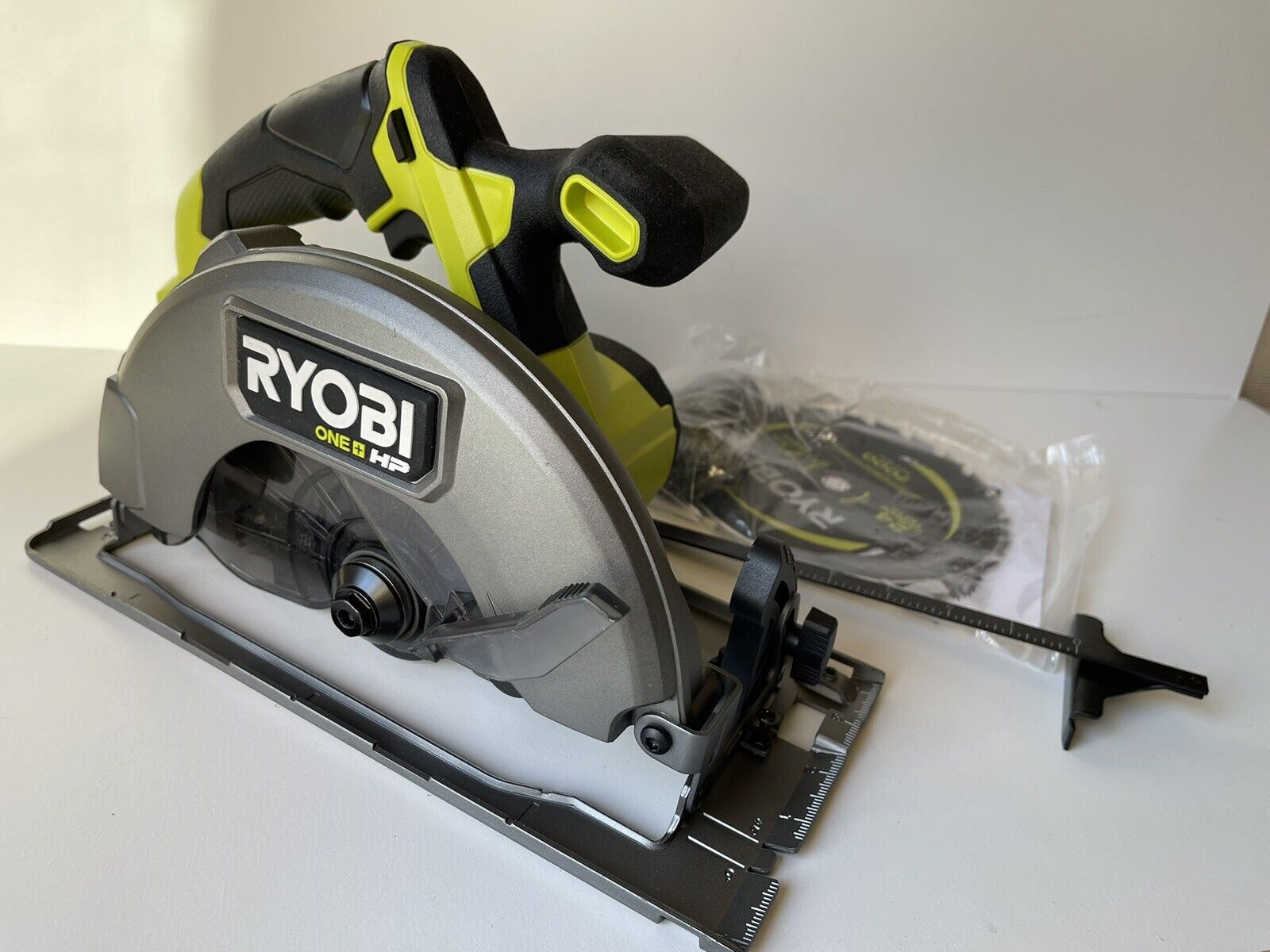
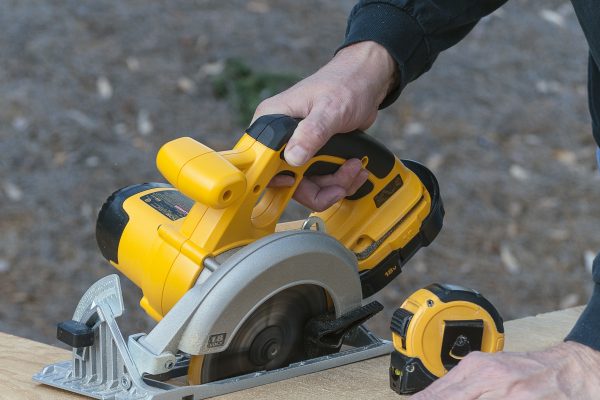
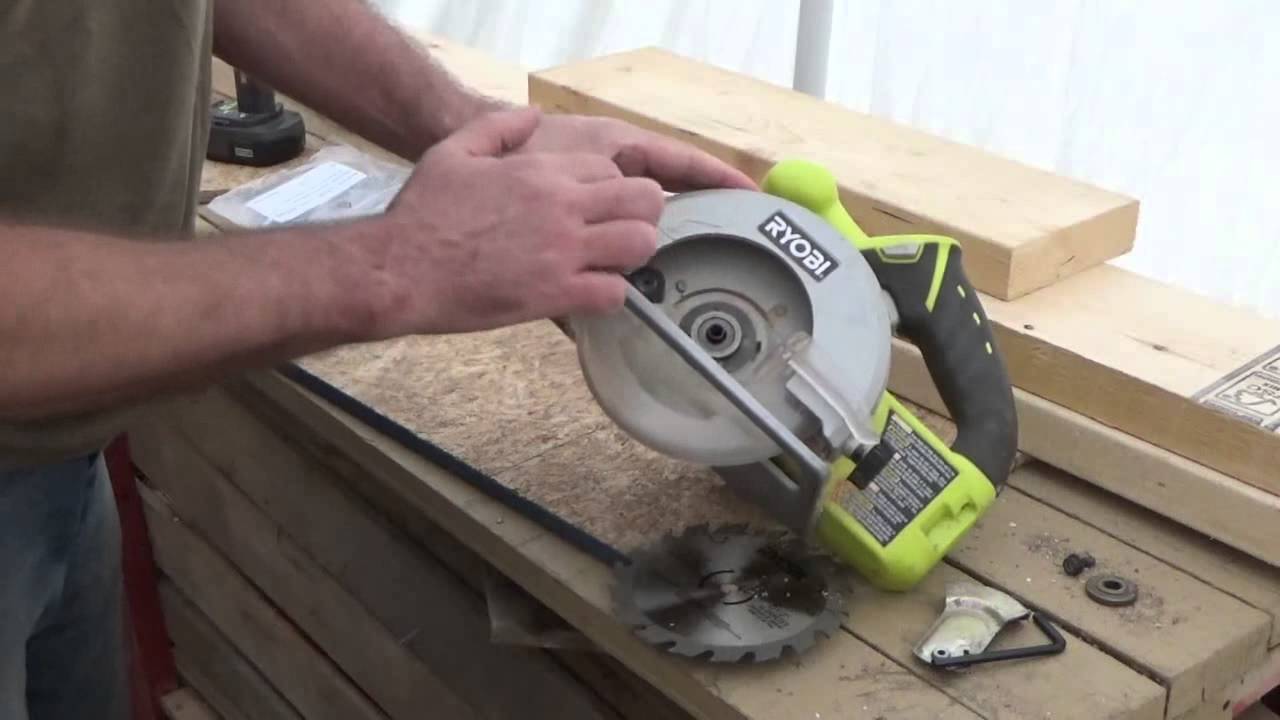
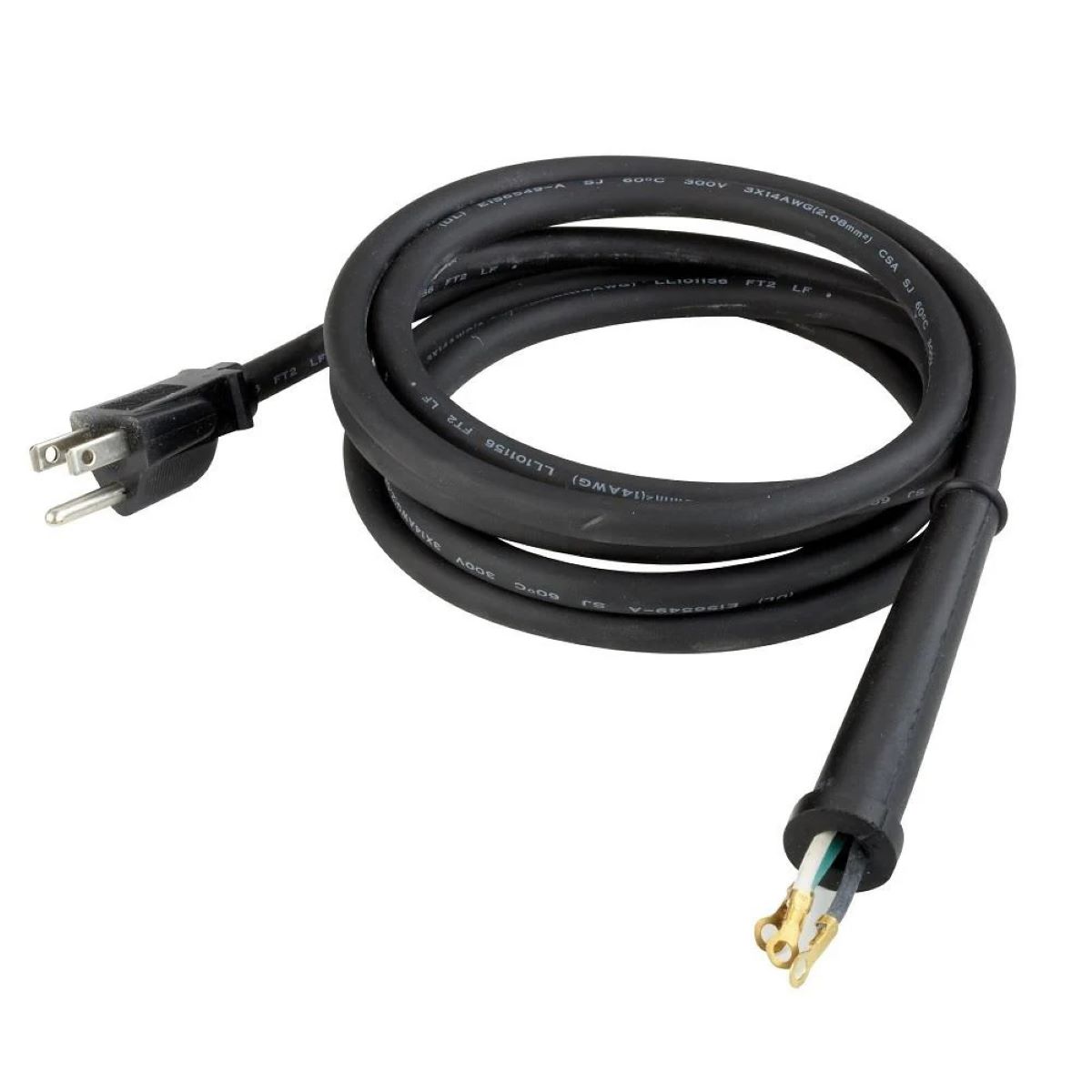
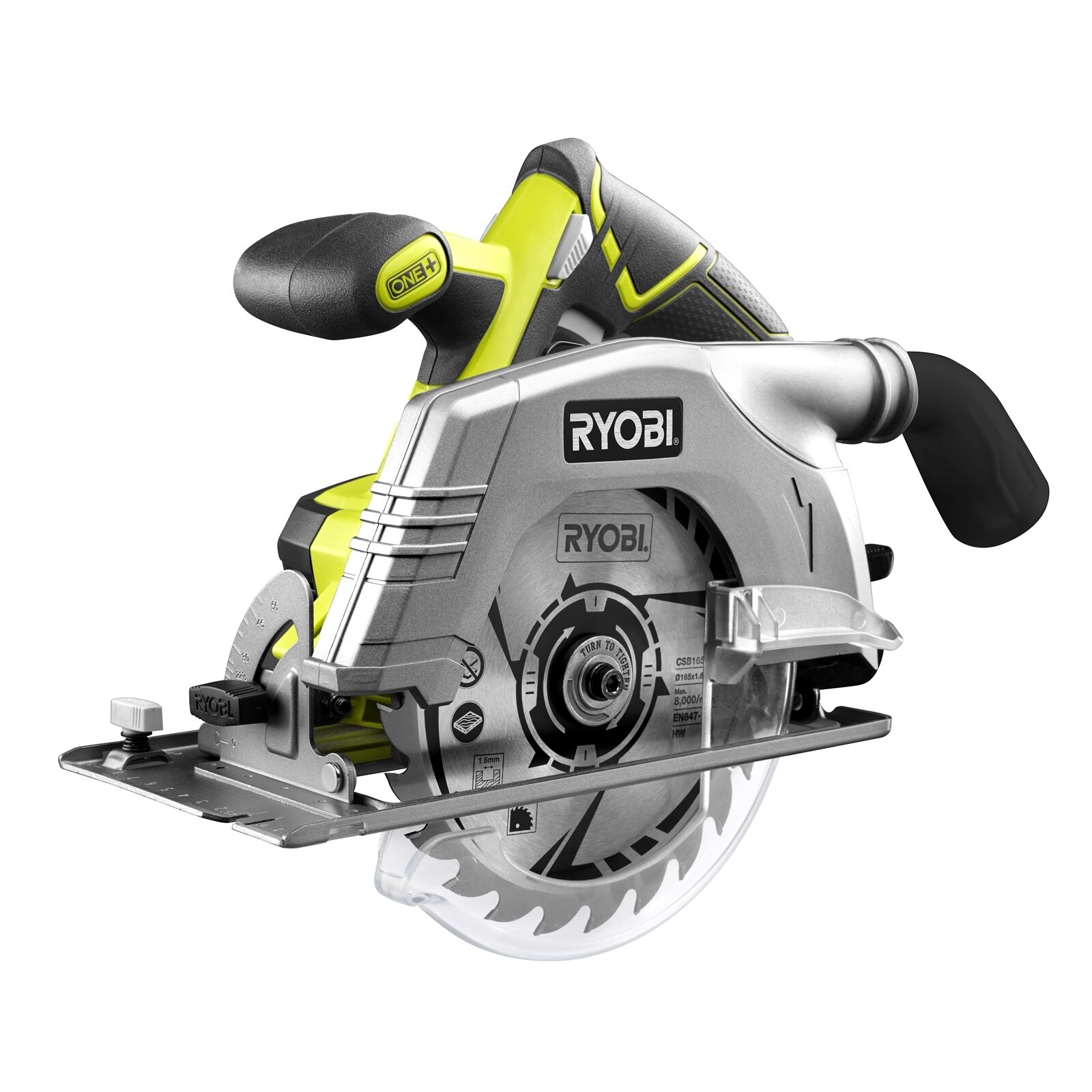
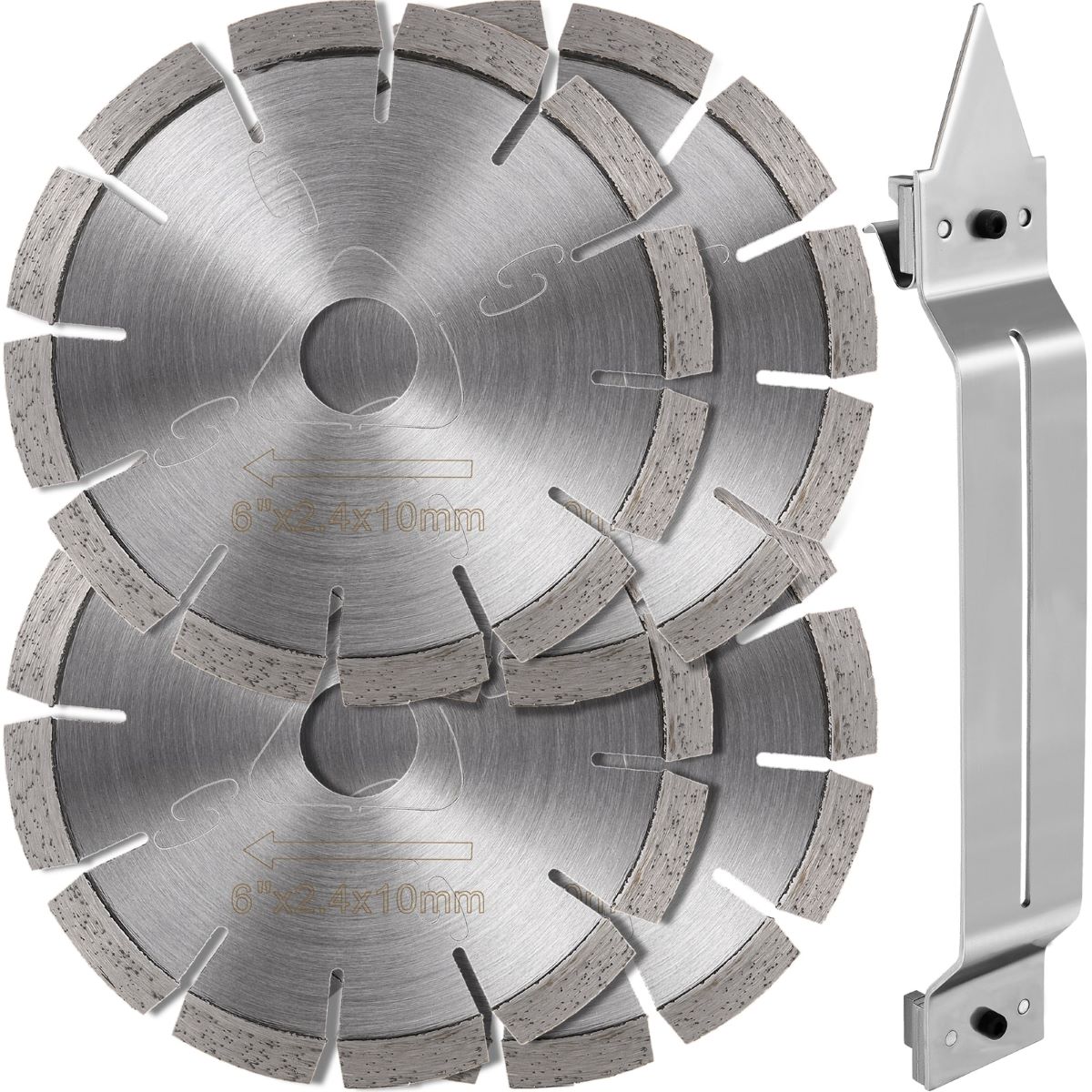
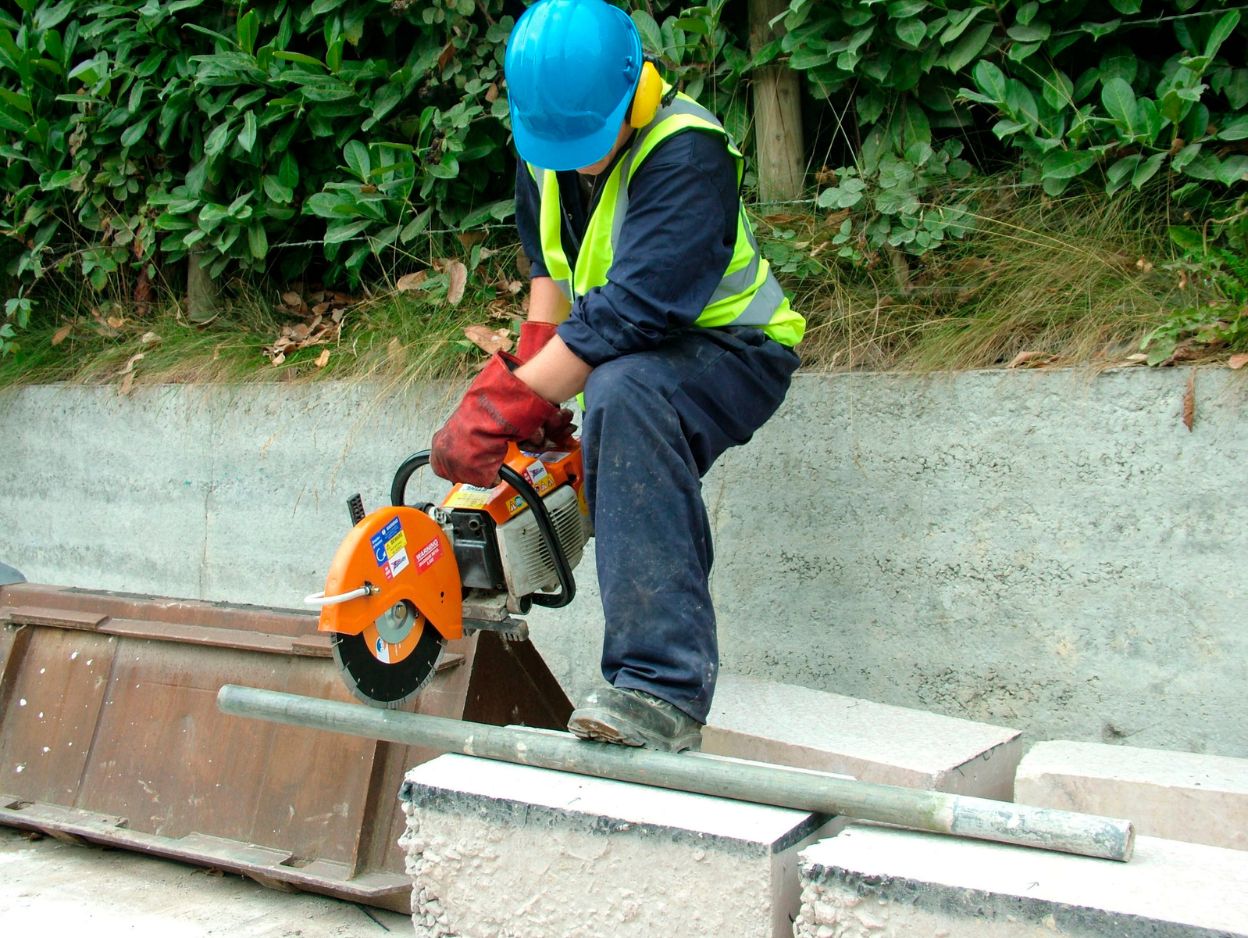
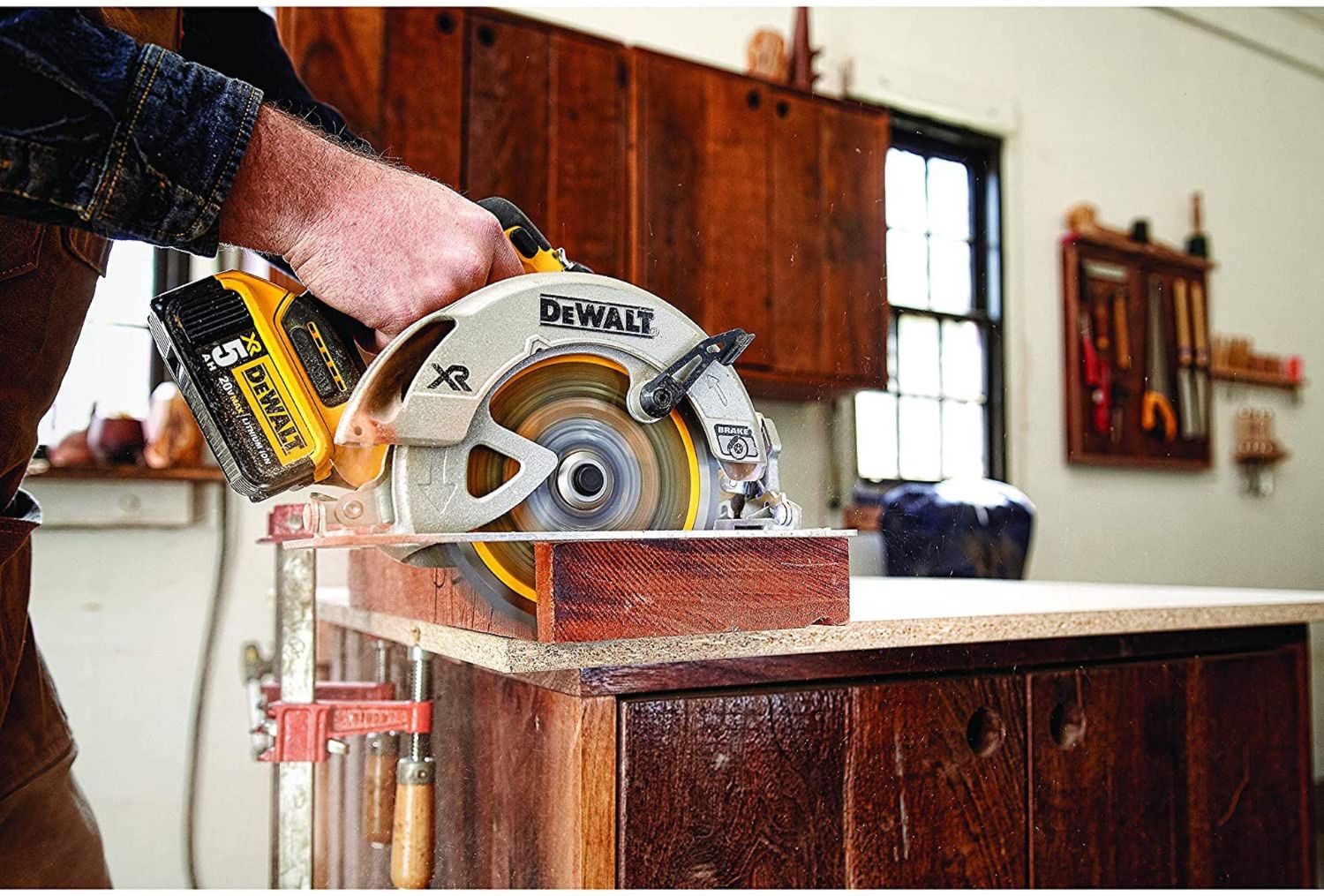
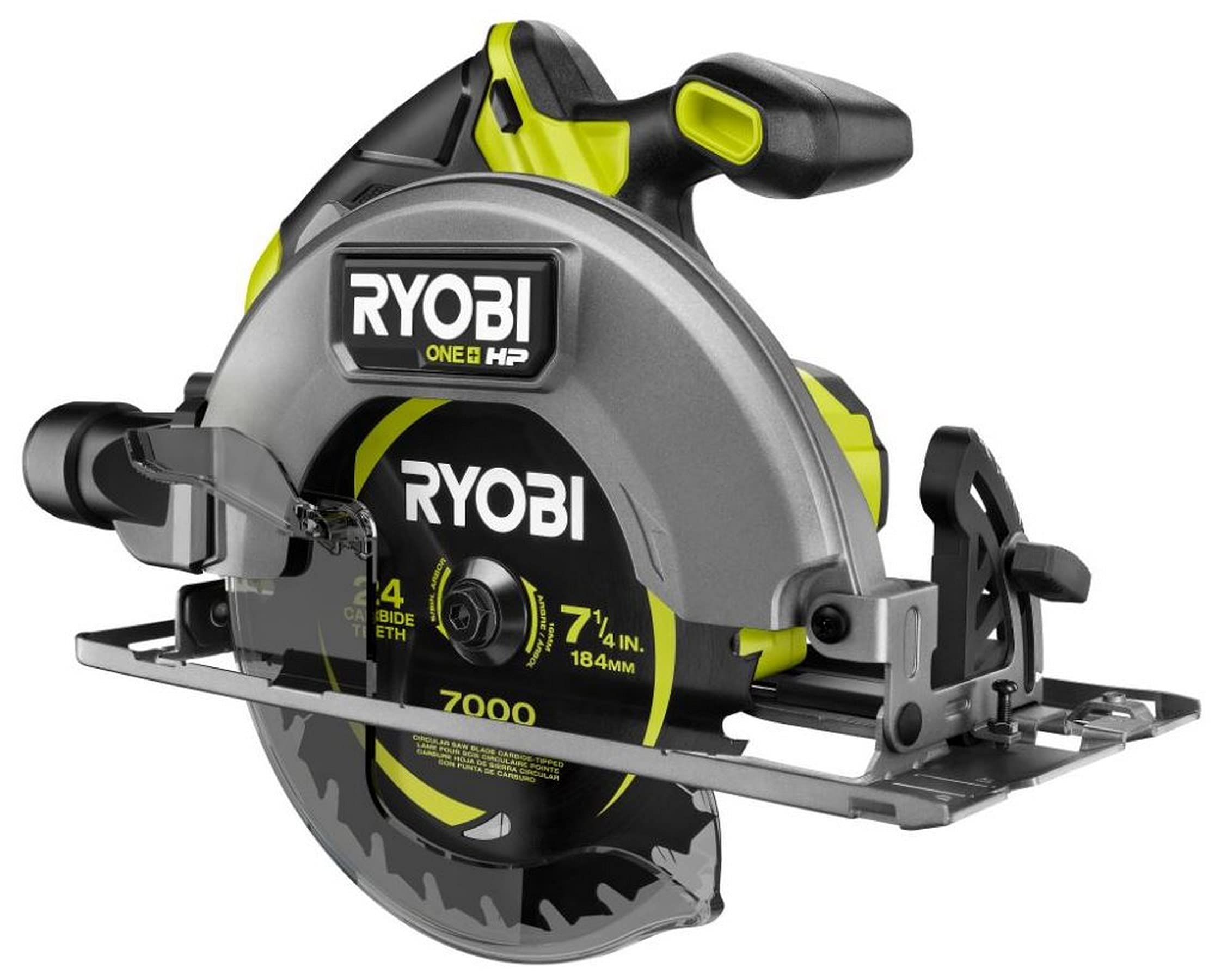
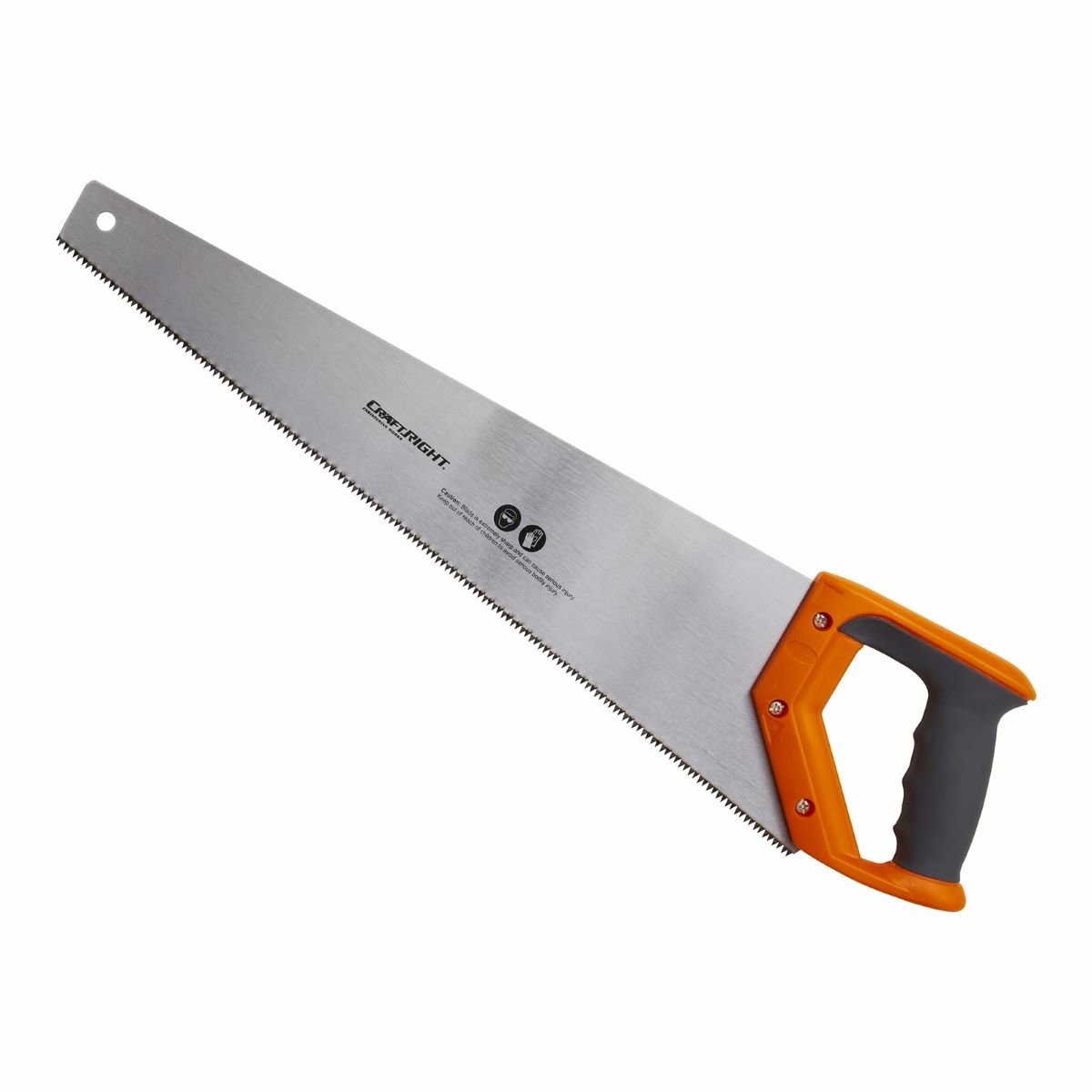
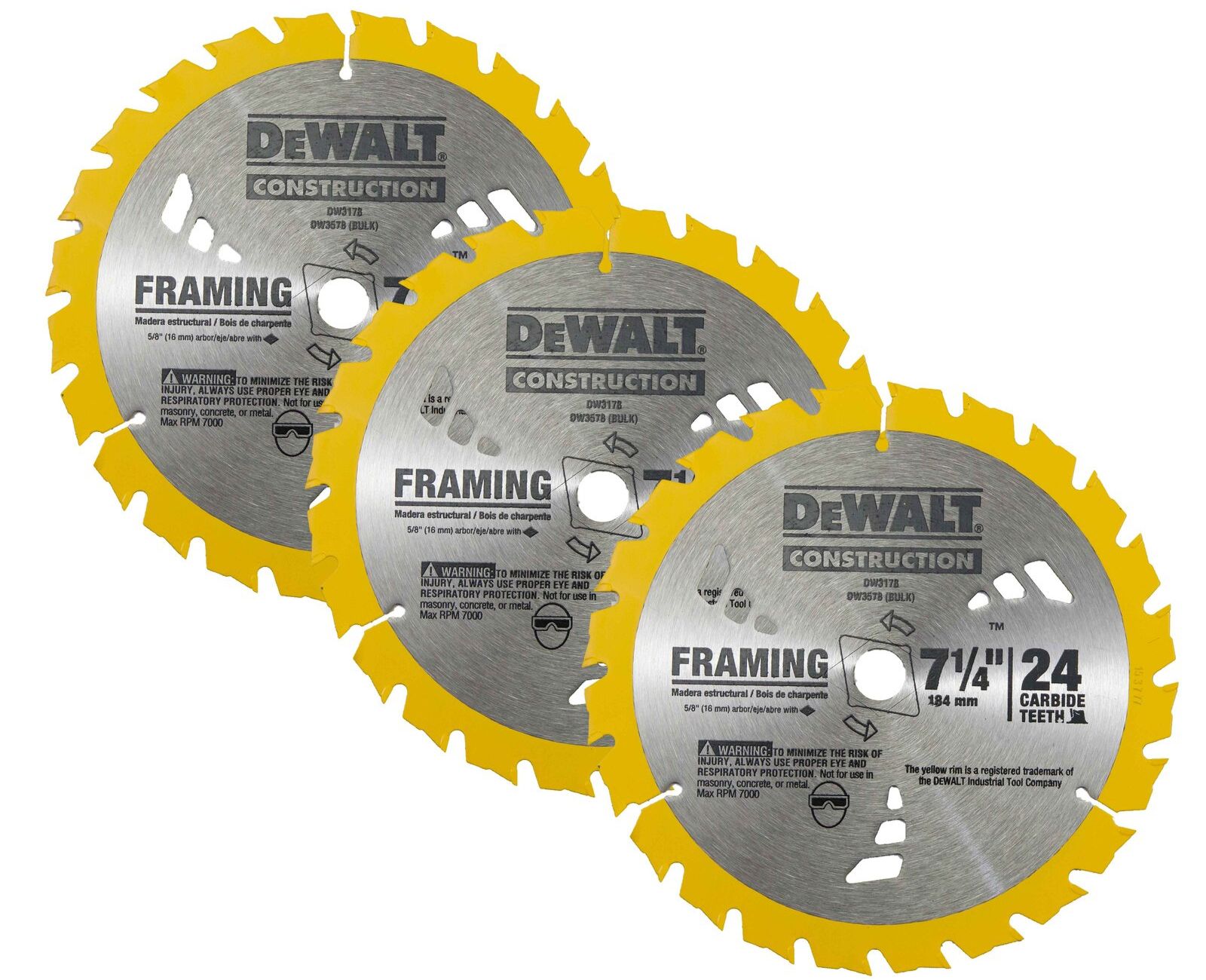
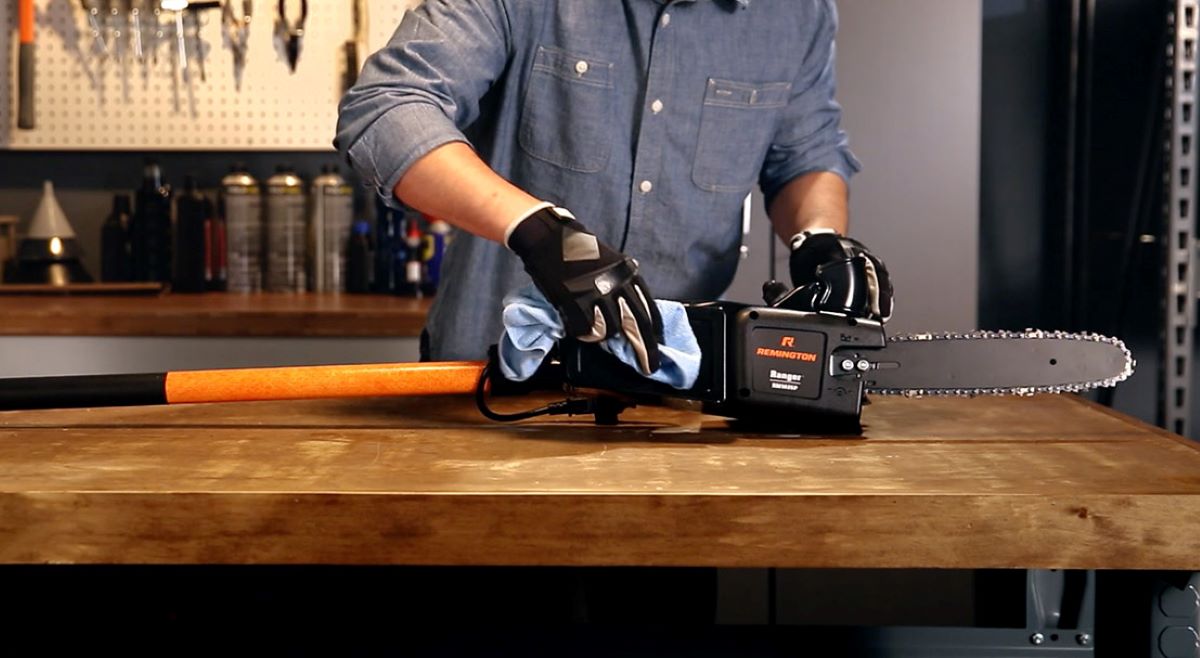
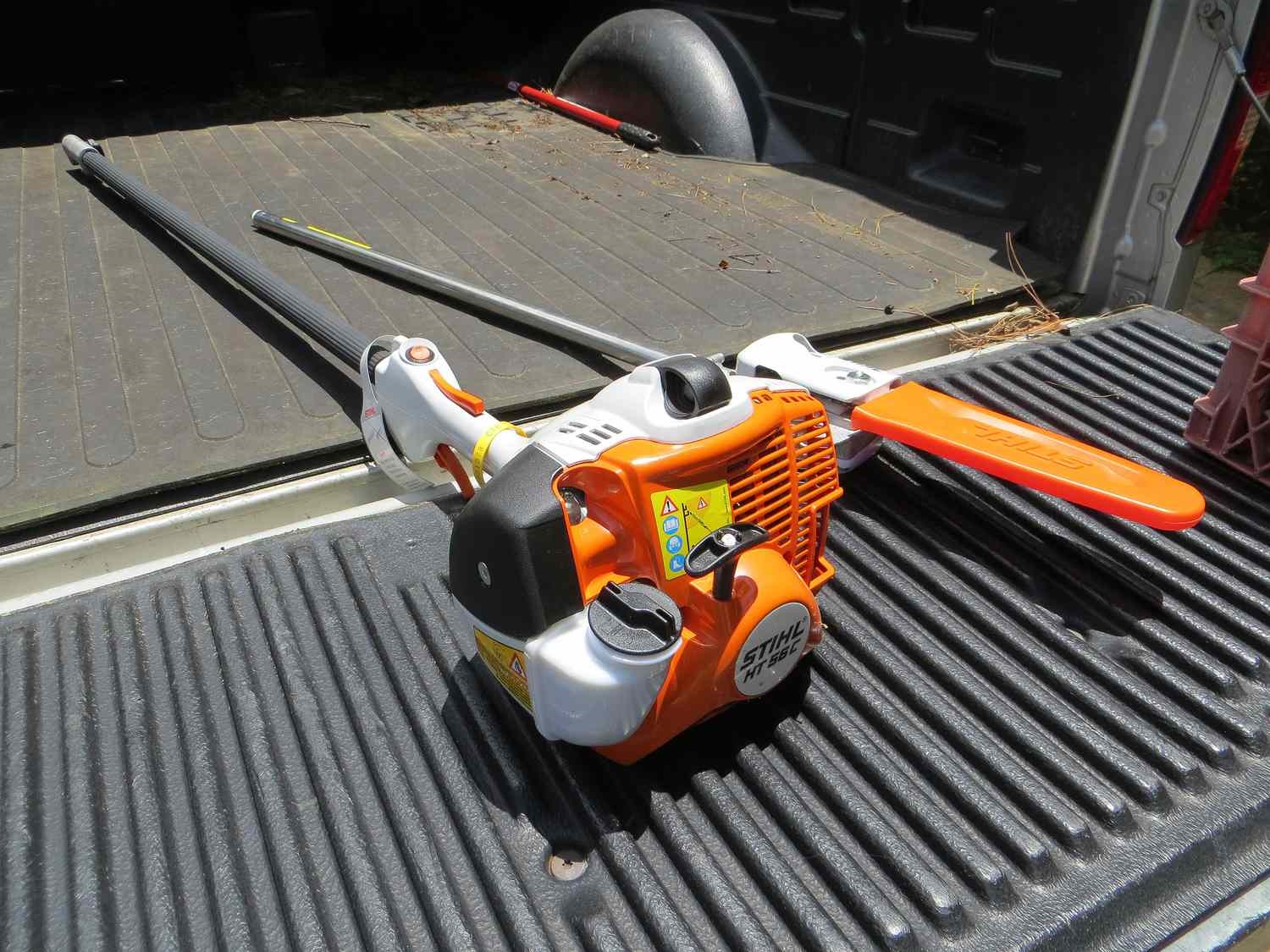
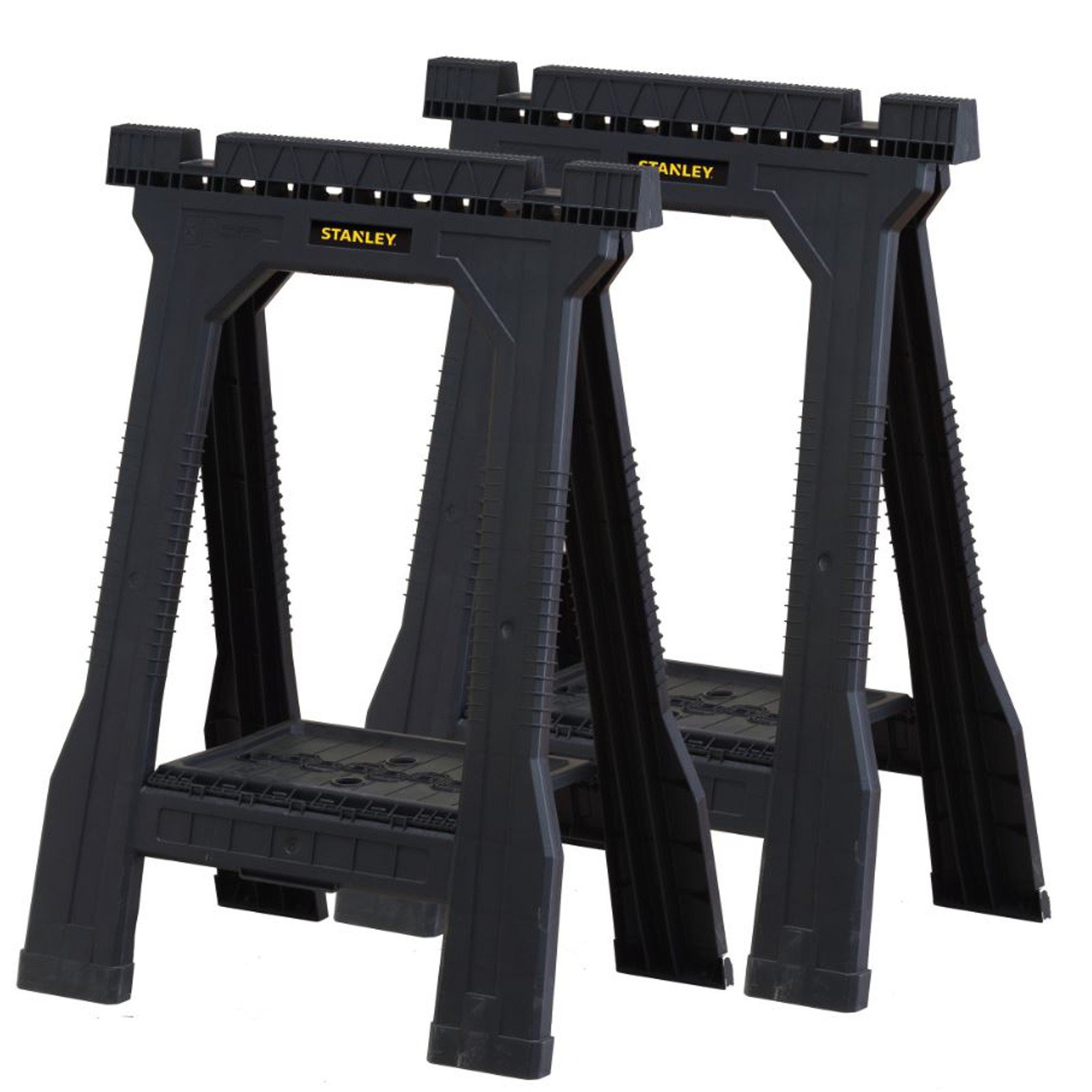

0 thoughts on “How To Store A Circular Saw”